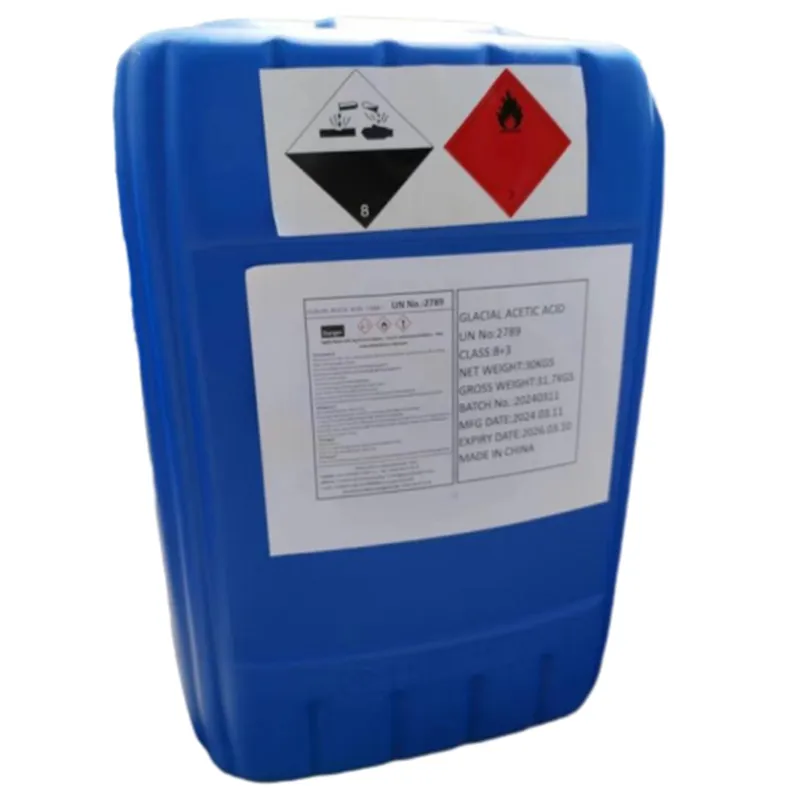
controlled release fertilizer
Controlled Release Fertilizers Enhancing Agricultural Efficiency
In modern agriculture, the need for sustainable farming practices has never been more pronounced. One of the crucial aspects of achieving this sustainability is the management of nutrients for crops, with fertilizers playing a central role. Among the various types of fertilizers available today, controlled release fertilizers (CRFs) have emerged as a significant advancement, offering numerous benefits to both farmers and the environment.
Controlled release fertilizers are designed to release nutrients gradually over an extended period, rather than all at once. This system mimics natural nutrient cycling and provides a steady supply of nutrients to plants, which enhances their growth while minimizing the risk of nutrient leaching into water bodies. The release of nutrients from CRFs is governed by factors such as temperature, moisture, and microbial activity in the soil. This allows for a tailored approach to fertilization that can be adapted to various agricultural practices and crop types.
One of the key advantages of CRFs is their ability to reduce the frequency of fertilizer application. Traditional fertilizers often require multiple applications throughout the growing season, which can be labor-intensive and costly. With controlled release fertilizers, farmers can apply them less frequently, resulting in labor savings and a reduction in the overall quantity of fertilizers used. This efficiency not only lowers operational costs for farmers but also lessens the environmental impact of excessive fertilizer use, which can lead to soil degradation and water pollution.
controlled release fertilizer

Furthermore, CRFs contribute to improved nutrient use efficiency, meaning that a higher percentage of the applied nutrients are taken up by the plants. This is crucial as traditional fertilization methods often result in significant nutrient losses due to runoff and volatilization. CRFs help to ensure that crops receive the nutrients they need at the right time, enhancing yield and quality without the negative environmental consequences associated with conventional fertilizers.
The environmental benefits of using controlled release fertilizers are substantial. By minimizing nutrient leaching, CRFs can help protect water quality in nearby streams, lakes, and aquifers. This is particularly important in areas where agriculture is a significant contributor to nutrient pollution, leading to issues such as algal blooms and hypoxia in aquatic ecosystems. Moreover, better nutrient management practices can help reduce greenhouse gas emissions associated with fertilizer production and application, contributing to the global fight against climate change.
Another appealing aspect of CRFs is their versatility. They come in various formulations, including organic, inorganic, and biodegradable options, catering to the diverse needs of different agricultural systems. Whether used in row crops, orchards, or ornamental plants, controlled release fertilizers can be tailored to meet specific growth requirements, enhancing their effectiveness in varied conditions.
In conclusion, controlled release fertilizers represent a modern solution to some of the pressing challenges facing agriculture today. By promoting efficient nutrient management, reducing environmental impacts, and supporting sustainable farming practices, CRFs offer a pathway toward a more productive and eco-friendly agricultural future. As the agricultural sector continues to evolve, the adoption of controlled release fertilizers may play a pivotal role in addressing food security while preserving the planet's vital resources. Implementing these innovative fertilizers can ultimately lead to a healthier ecosystem and a more sustainable agricultural landscape for generations to come.
-
The Safety Challenges of Ammonium Nitrate FertilizerNewsJun.26,2025
-
The Critical Role of Mining ChemicalsNewsJun.26,2025
-
Shelf Life of Glacial Acetic Acid Food GradeNewsJun.26,2025
-
Enhancing PVC Longevity with 1,2,3-Benzotriazole InnovationsNewsJun.26,2025
-
China’s Dominance in Food Additive ProductionNewsJun.26,2025
-
Can Aluminum Hydroxide Replace More Toxic Alternatives?NewsJun.26,2025
-
PE and PP Plastics with Benzotriazole AdditivesNewsJun.12,2025
Hebei Tenger Chemical Technology Co., Ltd. focuses on the chemical industry and is committed to the export service of chemical raw materials.
-

view more DiethanolisopropanolamineIn the ever-growing field of chemical solutions, diethanolisopropanolamine (DEIPA) stands out as a versatile and important compound. Due to its unique chemical structure and properties, DEIPA is of interest to various industries including construction, personal care, and agriculture. -

view more TriisopropanolamineTriisopropanolamine (TIPA) alkanol amine substance, is a kind of alcohol amine compound with amino and alcohol hydroxyl, and because of its molecules contains both amino and hydroxyl. -

view more Tetramethyl Thiuram DisulfideTetramethyl thiuram disulfide, also known as TMTD, is a white to light-yellow powder with a distinct sulfur-like odor. It is soluble in organic solvents such as benzene, acetone, and ethyl acetate, making it highly versatile for use in different formulations. TMTD is known for its excellent vulcanization acceleration properties, which makes it a key ingredient in the production of rubber products. Additionally, it acts as an effective fungicide and bactericide, making it valuable in agricultural applications. Its high purity and stability ensure consistent performance, making it a preferred choice for manufacturers across various industries.











